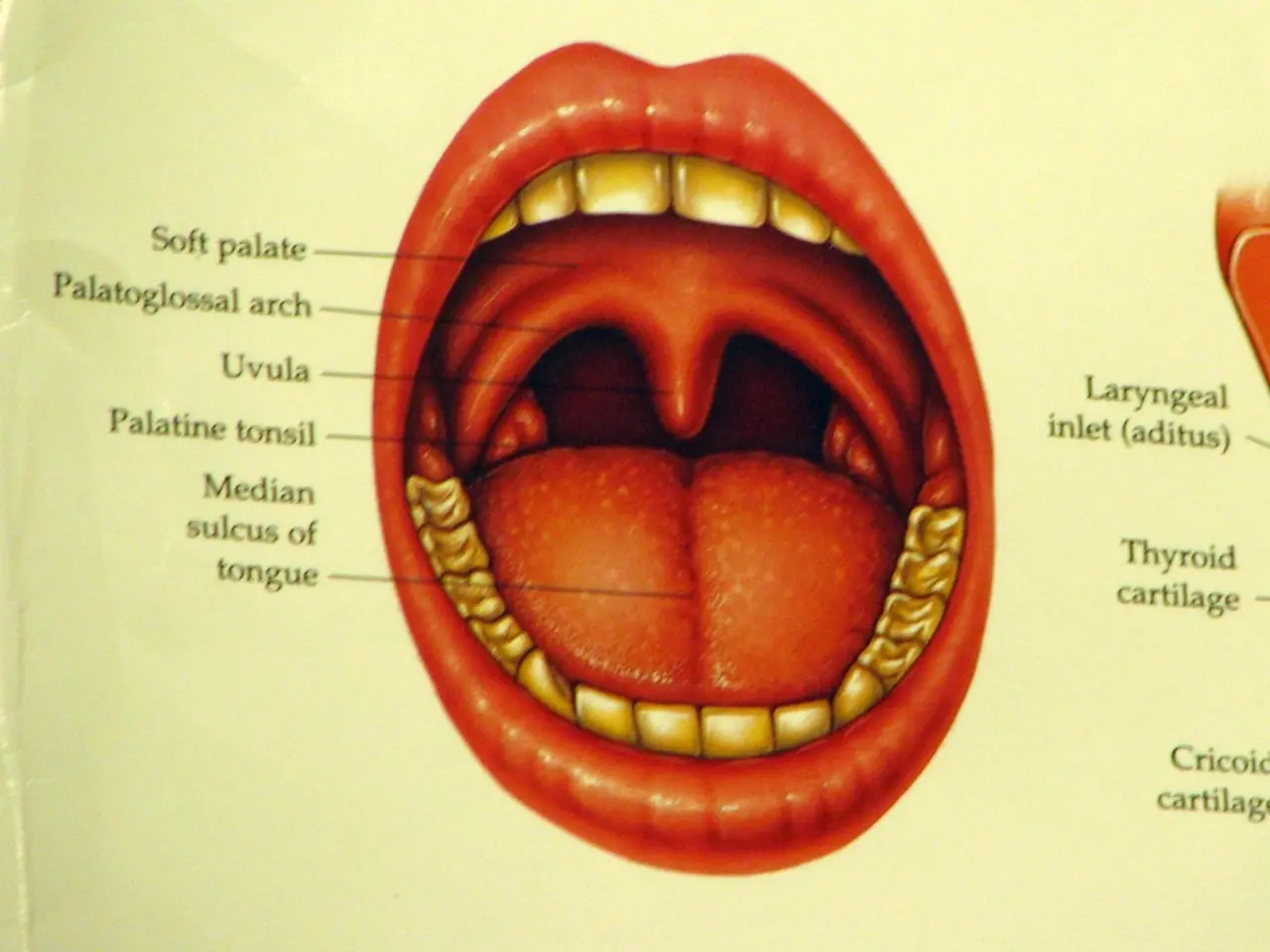In-depth exploration of the genetics behind birth defects such as cleft lip and palate
In a groundbreaking international study led by the University of Bonn, researchers have made significant strides in understanding the genetic causes of cleft lip and palate. The study, titled "Integrative approaches generate insights into the architecture of non-syndromic cleft lip with or without cleft palate", was published in the journal Human Genetics and Genomics Advances and can be found with the DOI: https://doi.org/10.1016/j.xhgg.2021.100038.
Dr. Kerstin U. Ludwig, Emmy-Noether Gruppenleiterin at the Institut für Humangenetik, Universitätsklinikum Bonn, spearheaded the research. Her contact details are Tel. +49-228-6885420 and Email: [email protected].
The study revealed five new regions in the human genome where variations in the DNA sequence are associated with an increased risk of cleft lip and palate. These findings add to the 45 previously known risk regions, shedding light on the complex genetic basis of these common congenital malformations.
The researchers delved into the intricacies of regulatory DNA regions, which play crucial roles in gene expression. Some of these regions act as silencers, switching off certain genes, while others ensure that a gene is read more frequently or in specific tissues. The study found that some of the genetic changes from the GWAS data affect these regulatory sequences during early facial development of the embryo.
Part of the non-coding DNA serves to regulate the activity of genes, and the study combined various data sources to gain a comprehensive understanding of these regulatory mechanisms. The study was funded by the German Research Foundation (DFG, LU 1944-3/1).
Universities from Manchester, Cologne, Pittsburgh, Connecticut, Johns Hopkins University in Baltimore, Emory University in Atlanta, and the University of Cantabria were also involved in the study. The collaborative effort underscores the international nature of genetic research and the importance of cross-border collaboration in advancing our understanding of complex genetic conditions.
Cleft lip and palate is one of the most common congenital malformations, affecting thousands of babies worldwide each year. The new findings from this study bring us one step closer to developing targeted treatments and ultimately preventing these birth defects.
For more information, you can contact Dr. Julia Welzenbach, who is also at the Institut für Humangenetik, Universitätsklinikum Bonn. Her contact details are Tel. +49-228-6885435 and Email: [email protected].
Read also:
- Peptide YY (PYY): Exploring its Role in Appetite Suppression, Intestinal Health, and Cognitive Links
- Toddler Health: Rotavirus Signs, Origins, and Potential Complications
- Digestive issues and heart discomfort: Root causes and associated health conditions
- House Infernos: Deadly Hazards Surpassing the Flames








